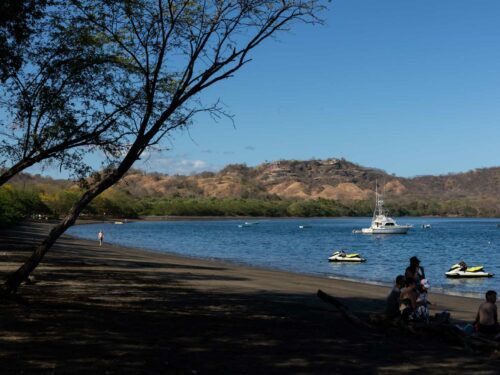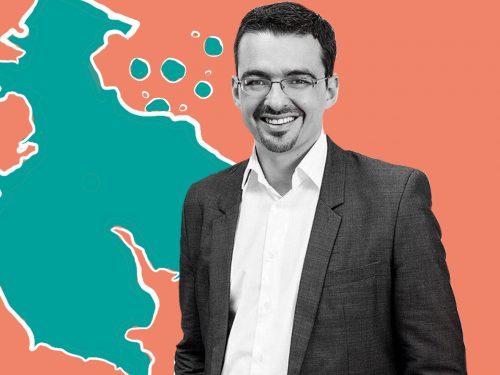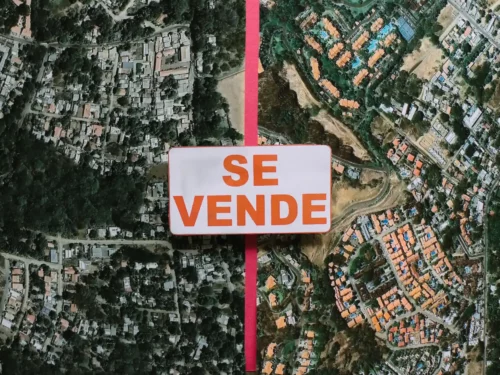
The Superintendency of Telecommunications (Sutel) is planning to invest about ¢19 billion ($36,200,000) in the province of Guanacaste in order to bridge the digital gap and provide internet coverage to rural, vulnerable areas.
The project is called “Comunidades Conectadas” (Connected Communities) and is expected to benefit about 200,000 people.
Guanacaste is one of the provinces with the least Internet coverage in the country. Internet only reaches 12.5% of the population, the problem being that most telecommunications companies focus on areas with more tourism, industry and larger populations.
In Costa Rica, San Jose is the province with the highest coverage, where 40% of people have access to the Internet, in contrast to Limon, which has the least access at 12.1%.
The intent of Comunidades Conectados is also to provide coverage to 389 schools and 450 centers that provide services such as Ebais clinics, CEN-CINAI, and intelligence centers of the Ministry of Science and Technology in the province.
Humberto Pineda, director of Fonatel (National Telecommunications Fund), said the Chorotega region has the lowest income profiles in the country.
“That’s why it ends up being less attractive for telecommunications companies to invest, and thus the work of Fonatel, to add the resources that are lacking and require companies to provide services to these vulnerable areas,” Pineda said.
To bring Internet to these rural areas, Sutel will open the bidding process during the first half of 2016 and the companies that are selected will have to develop the necessary infrastructure in their assigned areas, for which they will have a budget from Sutel through the National Telecommunications Fund (Fonatel).
In Guanacaste, six companies provide Internet service: Claro, ICE, Movistar, Cabletica, Tigo and Coopeguanacaste.
Areas with more service
In the province of Guanacaste, Liberia is the canton with the most Internet coverage since 36% of households are connected and 90% of people have mobile Internet.
The city of Santa Cruz and Tamarindo are both the second most coverage areas, where 36% of households have Internet and 60% of people have mobile Internet.
Meanwhile, the cantons of La Cruz and Hojancha rank the lowest, with only 10% Internet coverage. Districts like Santa Cecilia and La Garita in La Cruz, Huacas and Monte Romo in Hojancha are below 3% in general coverage.
According to Pineda, landforms hinder installation and maintenance of technological infrastructure like telecommunications towers, radio spectrum, posts, ducts and radio base stations.
Fonatel resources are meant to motivate companies to start operations in all corners of the province of Guanacaste, in selected areas, but the canton that will receive the most resources is Nicoya, with approximately ¢5.47 billion ($10,400,000) to expand coverage in Nosara, Samara, San Antonio, Belen de Nosarita, Mansion, Quebrada Honda and Nicoya center.







Comments